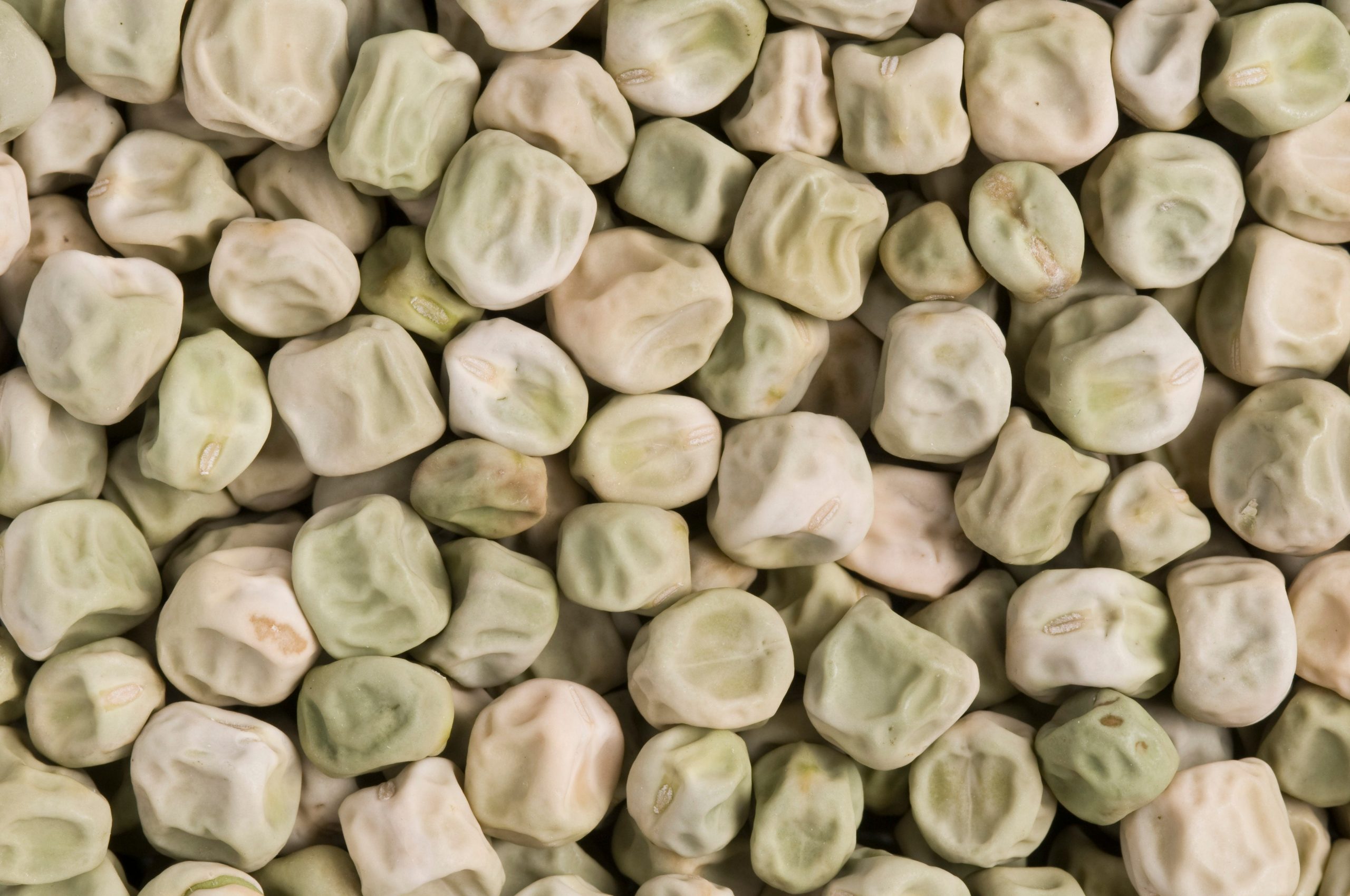
JOHN INNES CENTRE
- A natural mutation in smooth green peas that makes them wrinkly also seems to make them healthier, helping prevent the blood sugar spikes linked to type 2 diabetes.
- The wrinkly peas and their flour seem to be superior because they have higher amounts of resistant starch, which takes longer to digest, while being lower in carbohydrates.
- The research involved four highly controlled experiments in which volunteers underwent a variety of tests after eating both regular and wrinkly pea products without knowing which was which.
- Visit Insider’s homepage for more stories.
There’s a new superfood on scientists’ minds, and they make wrinkles look good.
Research out today in the journal Nature Food has found a natural mutation to green peas that makes them more shriveled than standard smooth ones also makes them healthier, especially if your aim is staving off diabetes risk.
That’s because the wrinkly ones, which aren’t yet available in regular grocery stores, have a lower carbohydrate content but higher amounts of resistant starch. The body takes a longer time breaking down resistant starch, which helps prevent the blood sugar spikes that contribute to type 2 diabetes risk.
The study also found that eating flour made from the wrinkled peas, not just eating the peas themselves, also had a beneficial effect.
The researchers, out of institutions in the UK, say their findings offer an “alternative dietary strategy” to combating the rising rates of type 2 diabetes globally.
Rather than simply promoting healthy eating, the peas and products made from them could be used to improve how common foods are made, they say, staving off diabetes just like how iron added to bread helps prevent anemia.
The study involved a series of experiments
The research included four trials, all with healthy volunteers.
In the first, 10 volunteers went to the research facility four times over four weeks, where they ate, in random order, a mixed meal including 50 grams of wrinkled peas and/or flour, or regular ones and/or regular flour. Using breath tests taken every 15 minutes, the researchers assessed how quickly the stomach emptied.
The second experiment involved 12 volunteers, who went to the research facility inserted for four days and three nights in a row to eat similar meals without knowing which were the regular and which were the wrinkly peas. These volunteers had tubes places in their gastrointestinal tract and IVs put in to conduct frequent blood and other tests.
For the third experiment, 10 volunteers went to the clinic four times over four weeks, following a similar protocol as the first trial. The researchers collected their urine and stool samples.
Finally, in the fourth trial, 25 volunteers were given pea hummus and mushy peas to eat for 28 days, and later, for another 28 days without knowing which batch included the wrinkly or smooth peas. Researchers looked at urine, blood, and stool samples throughout.
Overall, the scientists found the wrinkly peas led to less glucose being available in the small intestine, which resulted in more stable blood sugar and healthy changes in gut bacteria linked to long-term metabolic health.
First author Katerina Petropoulou, of the Centre for Translational and Nutrition Food Research at Imperial College London, told Insider she was most surprised by the finding that wrinkly pea flour, not just the whole peas, were effective in staving off blood sugar spikes.
"When processing peas to flour you lose the food structure effect but, even without the structure, we retained the impact on blood glucose," she said. "This is important as pea flour can be used to produce a series of commonly consumed foods."
Her team is now looking at studying wrinkly peas' benefits in people with early stage type 2 diabetes.
The findings open doors for research on other types of food, too
The research had limitations, mainly that it was conducted in a tightly controlled lab environment, so there's still more to learn about the wrinkly peas' benefit in the real world.
It's also important to note that just because wrinkly peas seem to have benefits, particularly among people at risk for type 2 diabetes, regular green peas are still a very healthy legume, packed with vitamins A, B, C, K, fiber, and protein.
Plus, wrinkly peas aren't yet available in grocery stores, though you can by the seeds to grow in a garden, for example. "There is ongoing work to expand the crop's use in a variety of different foods or as a standalone food," Petropoulou told Insider.
But the current research is notable not just because it provides evidence that swapping in wrinkly pea flour for less healthful ingredients in common foods could be a public-health game-changer, but also because it opens doors to studying — or creating — variations in other foods.
"We know about other food products being developed that might have high resistant starch content, like wheat, rice, and potatoes, but many of these do not occur naturally," Petropoulou told Insider. "This research gives an opportunity to start looking for other natural variations in legumes and vegetables, and improve the health benefits of these products even more."
- Read more:
- The 5/20 rule is the nutrition principle you've never heard of but need to know
- 3 'health' products that are a waste of money, according to dietitians
- We asked 17 dietitians what foods they'd take to a desert island, and chocolate was the clear favorite
- 10 reasons you're not losing weight even though you're on a diet
